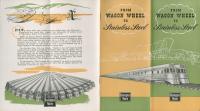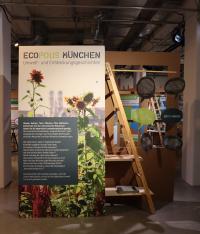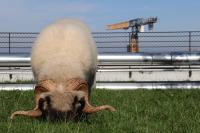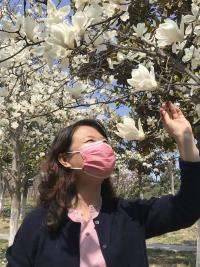Show search results for
- (-) Remove Virtual Exhibitions filter Virtual Exhibitions
Munich from Below | Ecopolis München
Munich from Below: What Happens Underground?
Introduction: “Quite a chapter in the history of the West” | CB&Q Railroad
The Chicago, Burlington & Quincy Railroad played an important role in the transformation of settlement, agriculture, commerce, and recreation in North America. This is the introductory chapter of the virtual exhibition “Promotion and Transformation of Landscapes along the CB&Q Railroad” by environmental historian Eric D. Olmanson.
Fighting for the Farm | American Land Rush
Chapter 3 of American Land Rush, a virtual exhibition by Sara Gregg.
About the Exhibition | Ecopolis München 2019
Werksviertel-Mitte | Ecopolis München 2019
Werksviertel-Mitte: A Showcase for Nature in the Ostbahnhof Neighborhood? In the Werksviertel the urban future of Munich is being reinvented. The development of the former industrial district is based on a social vision: inclusion and bringing together diverse elements. The Werksviertel has a rich history, and the plans for the future are ambitious. Is it possible to find a successful balance between past and future, between city and nature?
The Belly of the City | Ecopolis München 2019
The Belly of the City: What lies hidden deep within Munich? Although in many other cities the central slaughterhouses have long since been shut down, animals are still butchered in the middle of Munich even today.
StadtAcker | Ecopolis München 2019
StadtAcker: Munich’s most valuable oasis? An example of how the dream of an urban garden can become a reality is the StadtAcker. Assisted by the city administration, citizens created a green oasis.
About the exhibition | Another Silent Spring
In “Another Silent Spring,” historian Donald Worster explains how human relations with other animals, wild and domestic, is at the core of a majority of epidemics.
“The people had done it themselves” | Another Silent Spring
In “Another Silent Spring,” historian Donald Worster explains how human relations with other animals, wild and domestic, is at the core of a majority of epidemics.










